Man, do we remember the early 2010s when everyone and their bestie was obsessed with Kurusu from Steins;Gate? I mean, yeah, anime enthusiasts everywhere loved the show itself, so it’s not surprising how popular every aspect of it got. You had people imitating Mayuri’s cute lilt, going out of their way to get a merch of their favorite characters, and using Okabe’s infamous quote ‘El Psy Congroo’ as a part of their vocabulary. But what did it all mean? Was there something more to the anime and the phrase itself?
Visual Novels are a type of game that requires very little input from the player. They are often described as semi-interactive fiction that is digitally consumed, more closely mimicking reading a novel versus a video game that you play. They are a surprisingly popular medium when it comes to looking for stories to adapt into anime by animation studios. There have been plenty of anime that started as visual novels, both niche, and mainstream. These include all-star anime titles such as Fate/Stay Night, Danganronpa, Clannad, and, yes, Steins;Gate.
And often these kinds of visual novels and anime have a ton of content to build their world from, from characters to legends to mechanics of magical rituals. This adds to the lore, enriching the environment it’s set in. A good visual novel must have a backstory to sort through and pick apart.
And Steins;Gate is no exception to this rule, with its references to real-life physics theories and scientific research to Norse Gods and the mythos of reincarnation. ‘El Psy Congroo’ sounds like nonsense, sure, until you realize that it directly unveils the main plot point of the show: The Psychology of Time Travel. That’s just the tip of the iceberg for this show, so let’s dive right into it!
Table of Contents
What’s The Hype Around Steins;Gate?
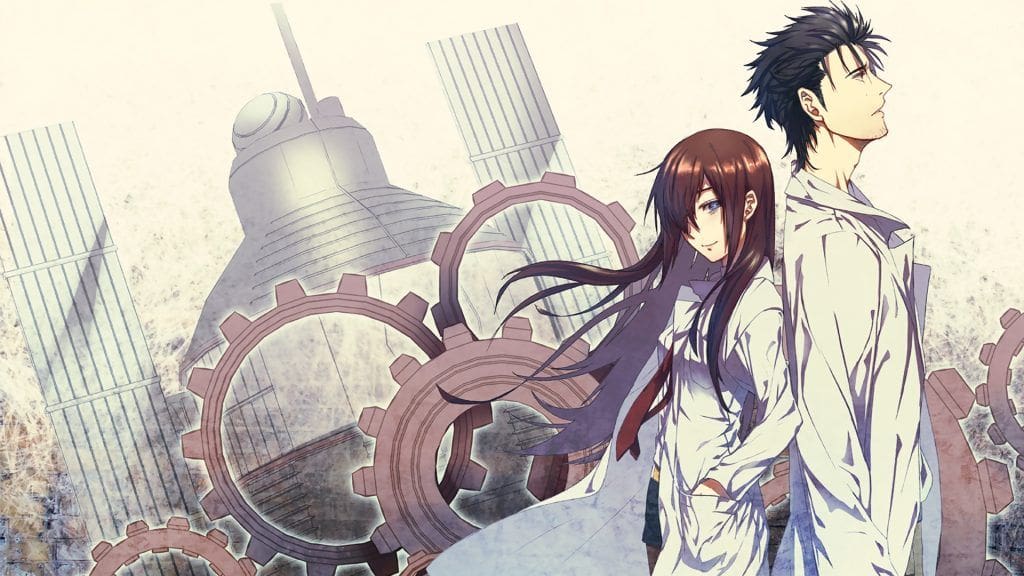
So, why do people talk about this one anime so much? It is certainly strange, considering it’s not even a standalone work. The Steins;Gate universe is very extensive, with more than just the anime under its umbrella. It pretty much took over the anime collective consciousness for a while. And it wasn’t hard to discern why.
Steins;Gate is the second installment in a visual novel series called Science Adventures, created 5bp. and NitroPlus, following the first game, Chaos;Head. In both stories, we have the same premise: a bunch of young adults gets roped into time-space warping situations when they accidentally discover and develop technology that can alter the past. Time travel is a Sci-fi cornerstone, so no wonder this series got so much traction in the community. But it’s not exactly exclusive to Steins;Gate, so why do anime lovers still adore the anime so much?
It went on to do great sales when it got serialized as manga, leading to a critically acclaimed anime adaptation by White Fox and a feature-length sequel called Steins;Gate: The Movie − Load Region of Déjà Vu. And it didn’t stop there, with White Fox going on to pick up Steins;Gate 0 for a new anime release in 2018.
Even now, the franchise is running strong with a Nintendo Switch game called 8-bit ADV Steins;Gate, getting a planned thematic sequel titled Steins;??? that is slated for release sometime after 2022. However, in the meantime, it is possible that we might get an anime or film adaptation of this rumored sequel before the game even launches!
Dissecting Rintaro Okabe And Steins;Gate
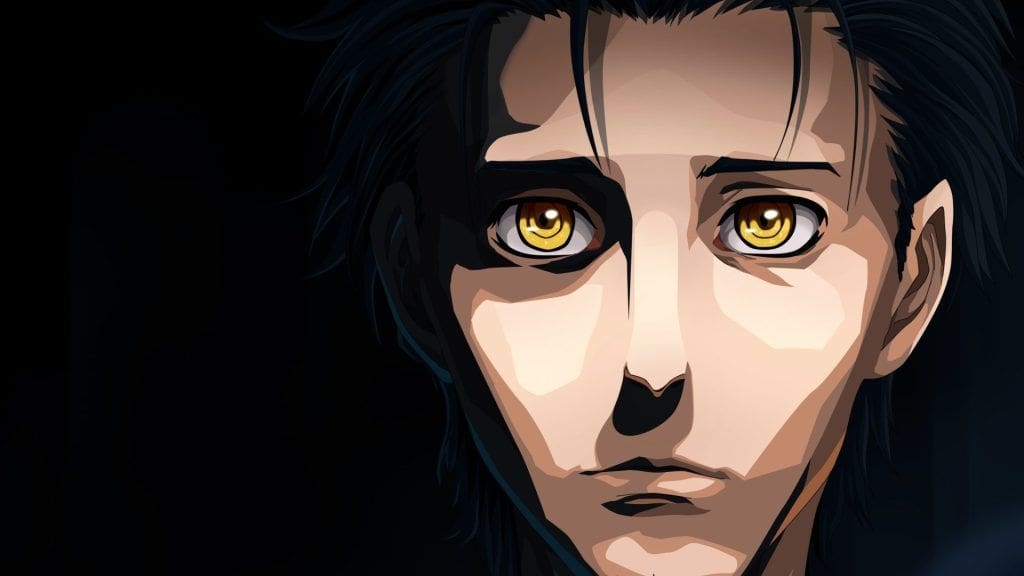
Rintaro Okabe is the protagonist of Steins;Gate, known for his ‘mad scientist’ persona and often theatrical behavior. He’s not a bad guy or fake by any means though, he genuinely cares about his friends and is earnestly devoted to science. It’s just that he’s a wee bit dramatic.
Again, that flair of his is what adds to his character. These flairs include his infamous English dialogues in the anime and then, of course, how he ends every phone call with an ‘El Psy Congroo’. So, he has a ton of little quirks that include using jargon unnecessarily where it seems like it’s just gibberish for the sake of looking mysterious and cool.
So, what is that supposed to mean? Is there more to it than meets the eye? Well, it depends.
There is a ton of lore present in Steins;Gate, including in the title itself. In Japanese, it literally translates to ‘the Stone Gate of Destiny’. But the writer for the game, Naotaka Hayashi, said it has another significance, where it references Albert Einstein, the creator of the Theory of Relativity which is one of the aspects the game is based on.
Another cool connection that can be made between the title and the story is how ‘Steiner’ in Japanese is written. As it directly alludes to how Okabe retains his memories in every timeline he crosses. That’s the beauty of this anime, where its layers upon layers of world-building can lend new meanings to old things, we originally believed had no significance.
The Elusive El Psy Congroo
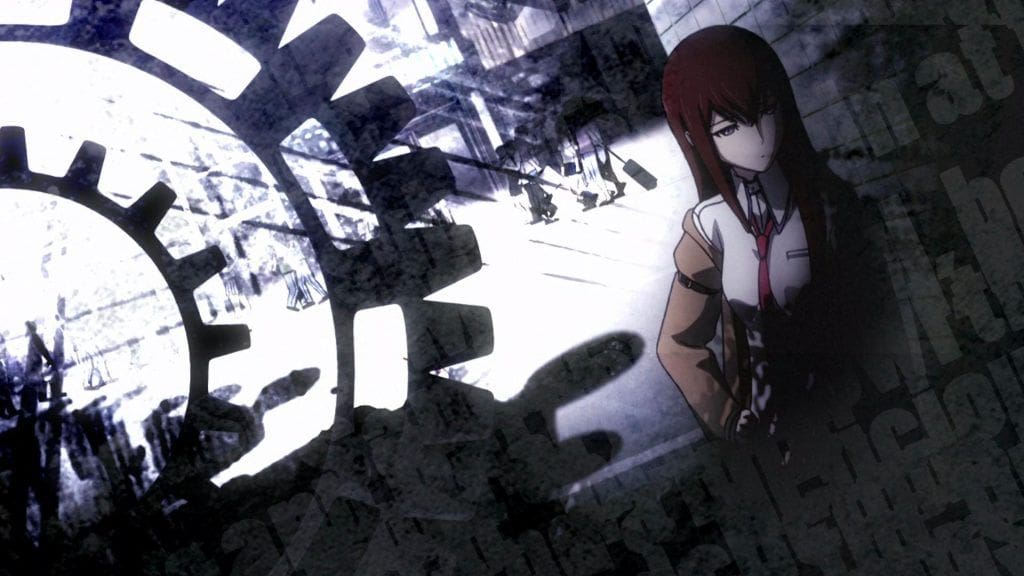
‘El Psy Congroo’ has a similar dichotomy, where it seems like it’s just Okabe trying to play up his secret mad scientist act and indulge in dramatics by acting more mysterious than he is but, no. That phrase does mean something. Multiple meanings, actually.
Spanish fans or Greek linguists must’ve picked this one up first, but the phrase is a mixture of the two languages. Though it is not an entirely coherent phrase, it roughly translates into either ‘The Mind Is Harmonius’ or ‘To Harden The Mind’.
Though, it could also be a reference to the joke of gibberish that sounds important, like the history behind the phrase ‘La Yohasoh Steana’. This is basically about a thread on the internet where people asked about nonsense words they could utter during normal, mundane scenarios to make them seem more exciting. This could play into Okabe and his own delusions of grandeur with his work.
However, the phrase could be deciphered into a meaning that’s a touch darker and insidious. We all know how huge a part the character John Titor played in Steins;Gate. But fans might be astonished to know that he’s an actual personality who existed before the franchise ever came into existence. John Titor was the pseudonym for a man posting on the internet in real life who claimed they time traveled from the future to prevent certain predictions from coming true.
And he had a very specific codeword, much like Okabe, that he used frequently when posting about these predictions called ‘Tempus Edax Rerum’. What does that mean, you may ask? Well, it directly translates to ‘Time Is The Devourer Of All’. Time, again, is what rules Okabe’s life, his past, present, and future. It bends and twists and divulges into multiple timelines, taking over and devouring Okabe’s conscious. And if that isn’t spooky, I don’t know what is.
The Old Gods Of Myths And The New Gods Science

For a show that has such a heavy focus on science and technology, it is surprisingly heavy-handed with its lore delving into legends and religion of a world forgotten. This means that having old terminologies come up in Steins;Gate isn’t abnormal by any means. The show has already portrayed how the concept of time in and of itself is a sort of God, a gargantuan Eldritch being we can’t fully comprehend.
Time is frightening and ever-changing, with how many universes it can give birth to, solely by divulging thanks to something insignificant. The Butterfly Effect is one of the main driving forces of the plot, where a change as tiny as a butterfly flapping its wings in one timeline can mean utter destruction in the future.
The past, present, and future are recurrent themes in many folklore and legends in history. So it’s no surprise that they’d come to be represented in something like Steins;Gate as well. For example, when concocting his operations in the anime, Okabe names them after the Nornas, a trio of Norse goddesses born from the stream of life itself who govern over fate and destiny.
And the timing of each operation directly correlates to how they were named. The first operation in the series beginning was termed Operation Urd, and it revolved around deciphering how the microwave telephone was able to change the past. Urd, incidentally, is the Norna that influences the past.
Operation Verandi
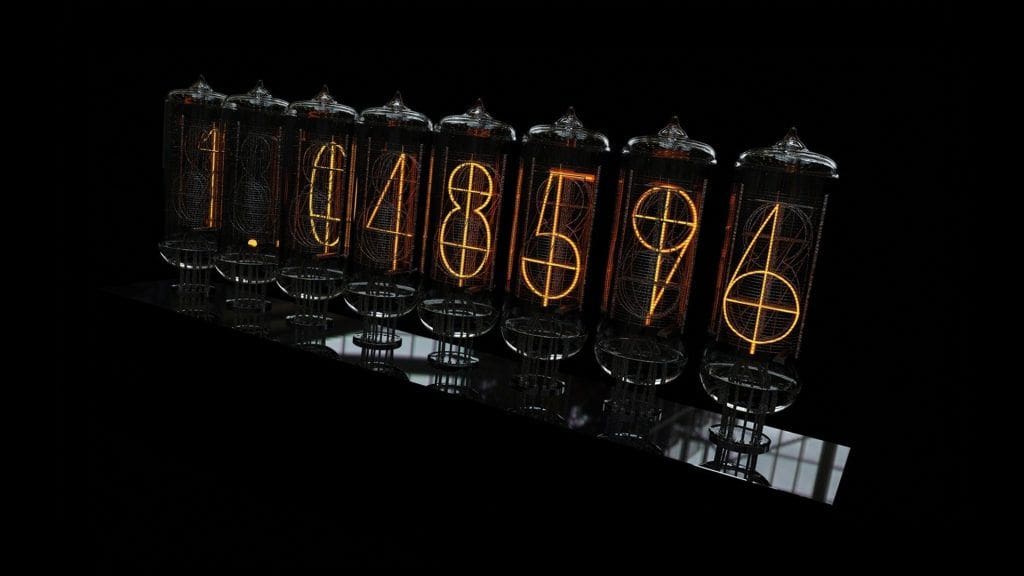
The second operation in the show was Operation Verdandi, where Okabe goes about trying to undo the elusive D-mails in the present, upon realizing how they were a harbinger for Mayuri’s deaths. According to the Poetic Edda, a collection of old Norse tales, Verdandi was the Norna of the present. She was a goddess of the event who looked after current affairs.
Finally, you had the third operation, the last one in the series that leads to its conclusion called Operation Skudd. Operation Skudd happens when Okabe decides to take his fate into his own hands, where he has to change the future without disturbing his past. As this was the only way he would be able to reach the Steins;Gate timeline. Again, Skudd is a Norna, but one who controls the future. Her name also means ‘debt’, which could be an allusion to how saving his friends is a burden Okabe chooses.
Urd, Verdandi, and Skudd combined are the Fates, Valkyries that control the destiny of an individual, alluding to how time controls all aspects of humanity despite it being a man-made creation.
In the end, Steins;Gate is a treasure trove for sci-fi enthusiasts to get into, especially if you enjoy strange trivia and conspiracies. And the amount of content to consume is so much, that you’re bound to always find something new you didn’t look closely at before!
Next Post














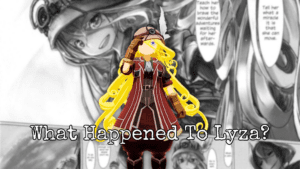



What do you think?
It is nice to know your opinion. Leave a comment.